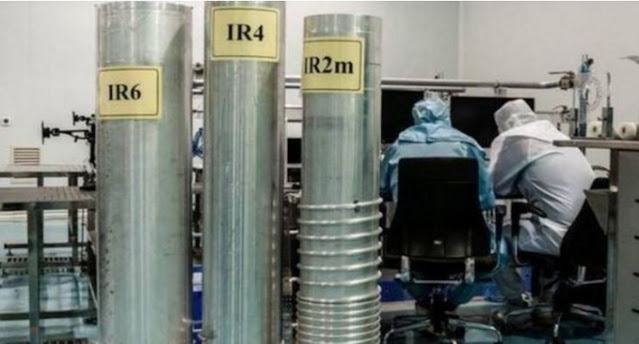International Dignitaries Rally for a New Iran Policy, Support NCRI as Democratic Alternative

Written by Shamsi Saadati Paris, France – On Saturday, May 17, 2025, an influential international conference convened in Paris, uniting parliamentarians and prominent political figures from a wide array of countries including the United Kingdom, Canada, Ireland, Malta, Switzerland, Romania, Portugal, and the Netherlands. The central theme of the gathering was the urgent need for a new, decisive international policy towards Iran, with a strong emphasis on supporting democratic change and recognizing the National Council of Resistance of Iran (NCRI) as a viable alternative to the current regime. The event served as a significant platform for global lawmakers to voice their concerns over the deteriorating human rights situation in Iran, the regime’s escalating domestic repression, its destabilizing regional activities, and its persistent pursuit of a nuclear program. A recurring call throughout the conference was for Western governments to adopt a firmer stance, including the ...







